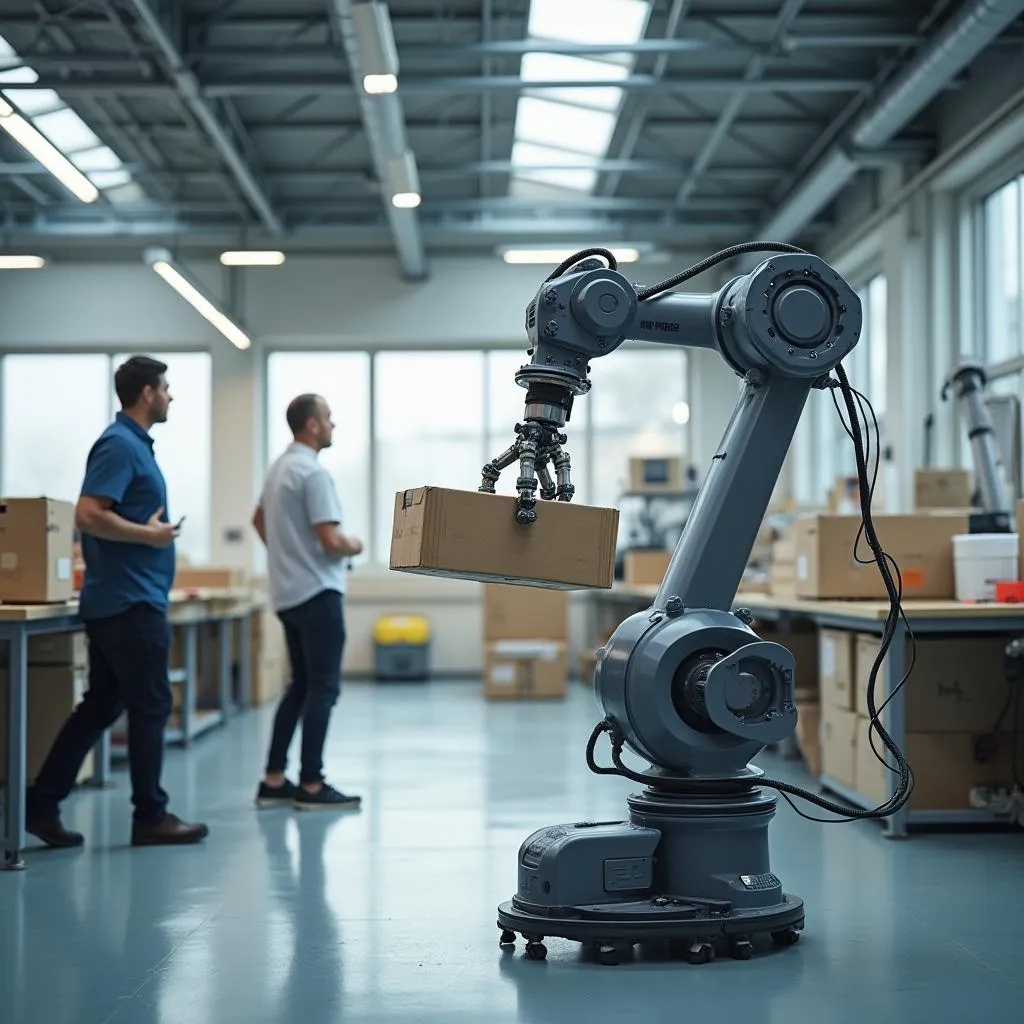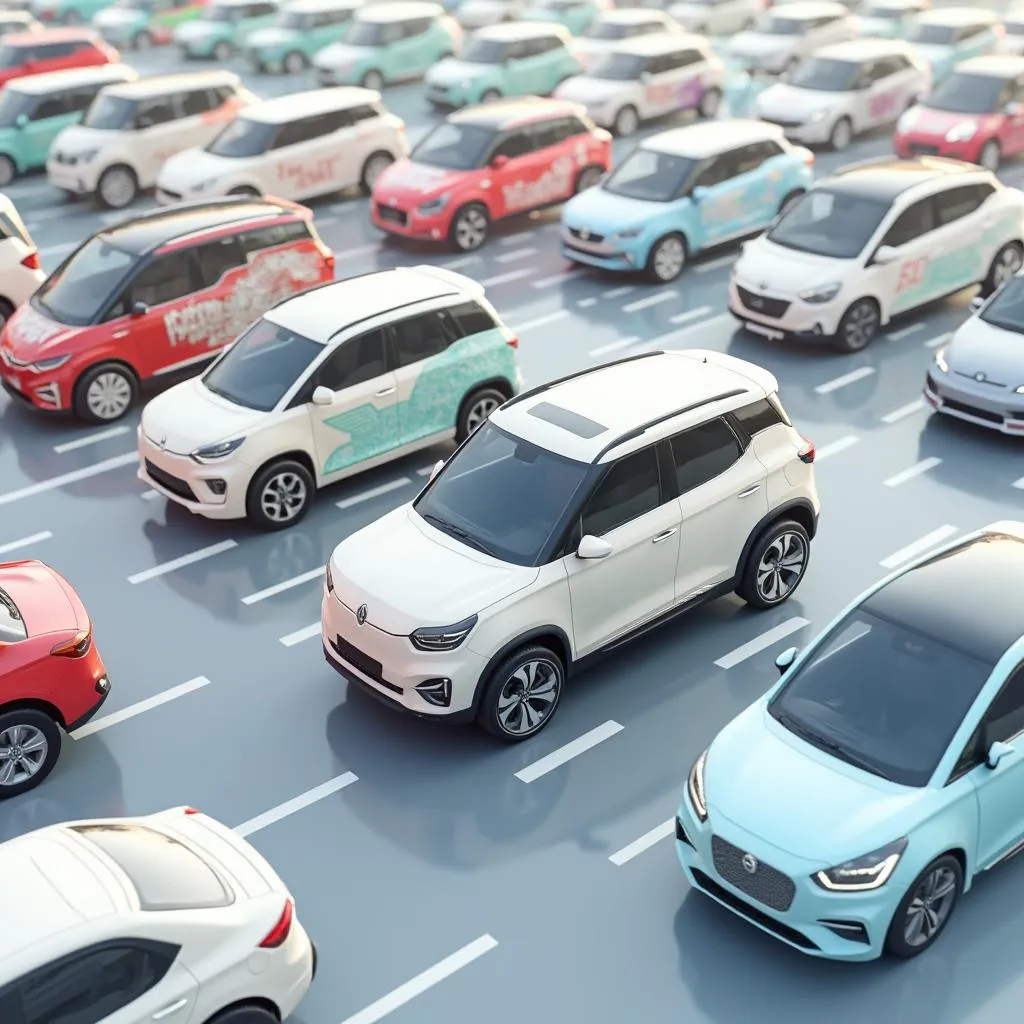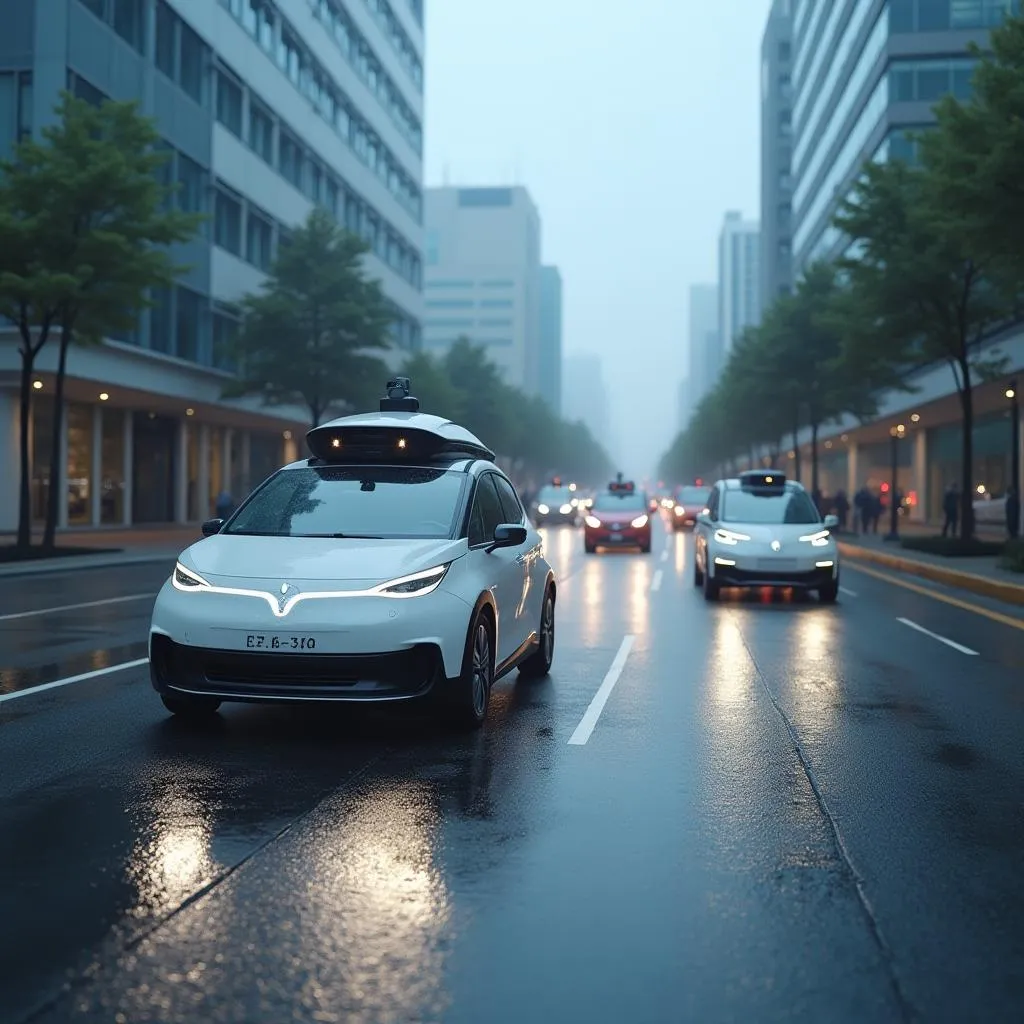
Free Shipping
Above $5 Only
Certified Organic
100% Guarantee
Huge Savings
At Lowest Price
Easy Returns
No Questions Asked
Best Selling Products









Customers Reviews
This magazine brilliantly explores AI in optimizing urban traffic flow, using predictive analytics to reduce congestion and commute times. Real-world examples show how machine learning models analyze data from sensors and GPS to dynamically adjust traffic signals, making city travel smoother and more efficient.

Ethan Brooks
I m amazed by the coverage on AI-driven public transportation management, where algorithms optimize bus and train schedules based on rider demand and real-time disruptions. This not only cuts waiting times but also enhances accessibility for all commuters, fostering a more inclusive urban environment.

Amelia Blake
The features on AI for smart parking solutions are revolutionary, highlighting systems that detect available spots via cameras and apps, reducing circling and emissions. It s impressive how this technology integrates with city infrastructure to save drivers time and support sustainable living.

Lucas Chase
Articles on AI in traffic incident prediction are outstanding, detailing how neural networks forecast accidents and coordinate emergency responses. This proactive approach improves safety and reduces delays, showing the magazine s commitment to practical, life-saving innovations.

Charlotte Cruz
I appreciate the focus on AI for emission reduction in urban areas, where algorithms optimize vehicle routing to minimize fuel use and pollution. The magazine connects tech with environmental goals, inspiring readers to adopt greener commuting habits in their daily lives.

Isabella Day
The exploration of AI in pedestrian safety systems, such as smart crosswalks that adapt signals to foot traffic, is highly engaging. It demonstrates how cities are becoming more walkable and secure through intelligent, data-driven designs that benefit everyone.

Evelyn Frost
Coverage on AI-enhanced ride-sharing platforms is exceptional, showing how machine learning matches users efficiently to reduce private car usage. This fosters community-based mobility solutions, cutting costs and congestion while promoting a shared economy vision.

Oliver Frost
Introduce
Urban Mobility AI Journal, established in 2027, emerges as the definitive quarterly dedicated to unraveling the revolutionary integration of artificial intelligence into city traffic management systems worldwide. Our mission is to bridge the gap between cutting-edge AI innovations and practical urban transportation challenges, providing comprehensive insights into how machine learning, predictive analytics, and real-time data processing transform congestion reduction, safety enhancements, and sustainability initiatives. We delve deep into topics such as AI-optimized traffic signal networks that adapt dynamically to flow patterns, intelligent algorithms for predicting and mitigating gridlock in megacities, the role of IoT sensors in monitoring pedestrian and vehicle movements, and the seamless integration of autonomous fleets into existing infrastructure. Each issue features rigorous case studies from pioneering cities like Seoul and Berlin, exclusive interviews with leading AI researchers and urban planners, and forward-thinking analyses on ethical considerations, including algorithmic transparency and equitable access. Targeting a global audience of transportation engineers, municipal policymakers, technology innovators, and academic experts, we foster a collaborative platform for sharing breakthroughs in smart parking solutions, AI-driven public transit efficiency, and emission-reduction strategies. By spotlighting emerging trends such as edge computing for low-latency decision-making and generative AI for scenario simulations, Urban Mobility AI Journal empowers stakeholders to build resilient, adaptive, and human-centric urban ecosystems. Join us in advancing the frontier where artificial intelligence not only solves traffic bottlenecks but also redefines mobility for a greener, safer, and more connected future.